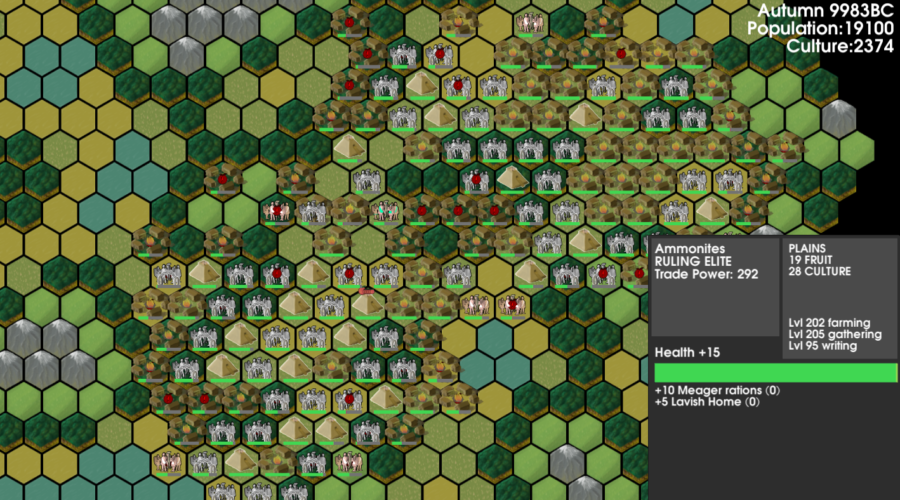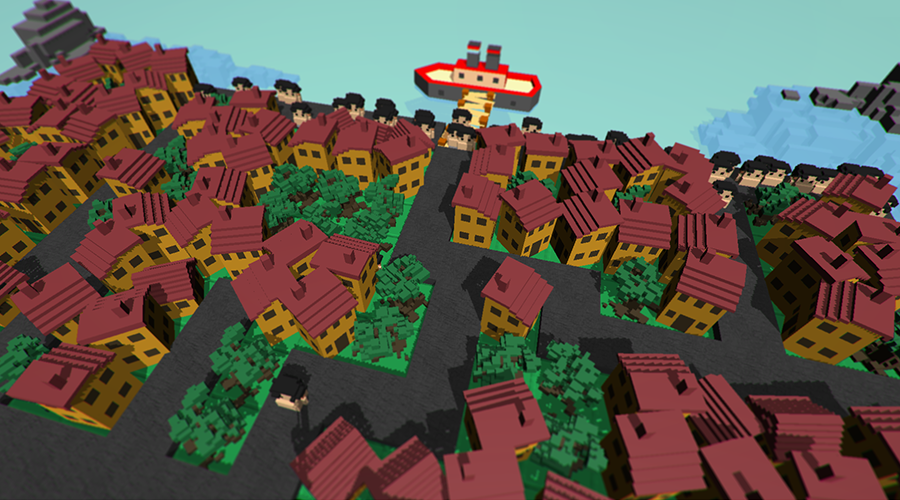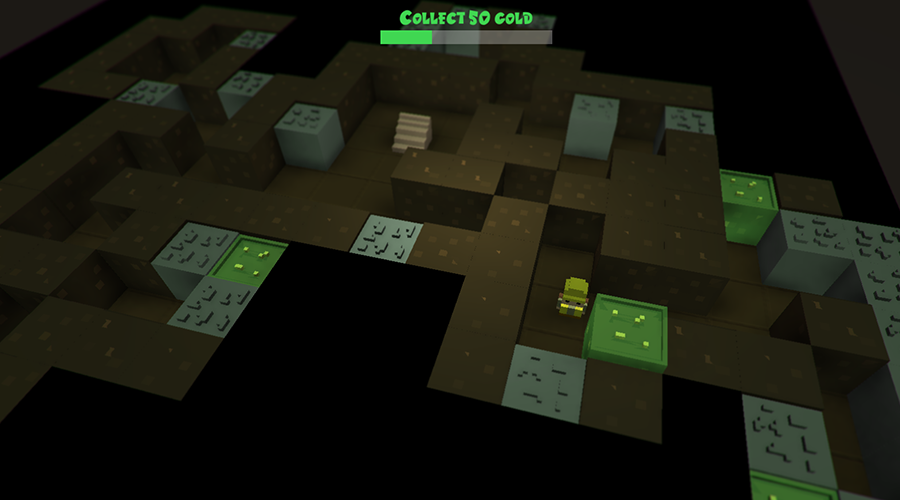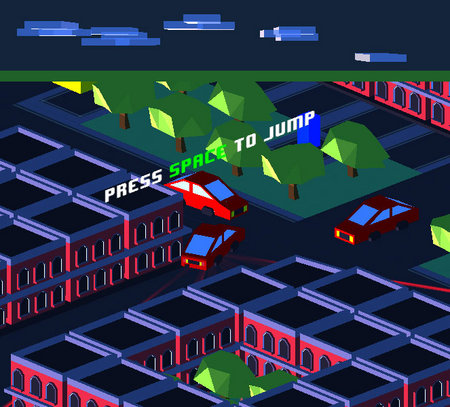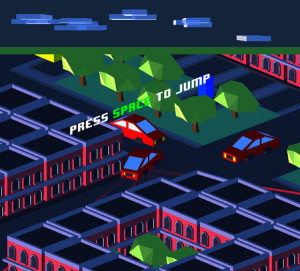Somebody on reddit asked “How to make sure a UI appears minimalist instead of lazy?”
So I decided try to put down literally everything I know about UI design in a few short sentences.
Alignment
Make sure everything lines up with something else. Lay your UI out on a grid. If you have a large quantity of text, it has to be left or centre-aligned. Put related elements next to each other.
Heirarchy
Sort your information based on how important it is. Important stuff is big, bold and bright.
Spacing
Give your text and other elements lots of padding.
Font
Ditch novelty/sci-fi fonts and pick a good serif or sans-serif font which has a full range font weights. Use serif for huge chunks of text, or to give a more classic look. Use sans-serif for clean, modern and futuristic text. You only need one font.
Colour
Use something like paletton. Stick to as few colours as possible.
Bold choices
If some text is important, start by making it absolutely massive and dialing it back if you need to. Apply the same thinking to every other choice you make.
Movement
Use a tweening library to give every player interaction a bit of animation. Keep them short (0.25-0.5s)
Sound
Add short, subdued audio clips to every interaction. Play a random variation each time to stop them grating. Don’t use SFXR or BFXR unless you are making an 8-bit game.


